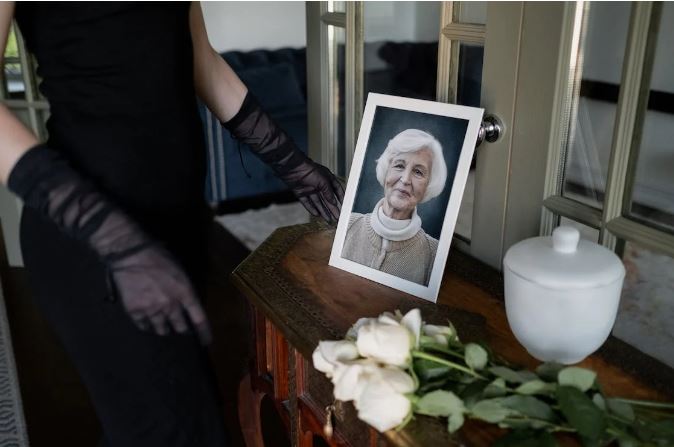What to Expect When You Choose Cremation Services
Choosing cremation services has become one of the most popular funeral options throughout the United States. But like most aspects of death, not too many people talk about the cremation process or what it entails.
For the first time, more than half of Americans will choose cremation over traditional burials. But this is a growing trend throughout the world. In fact, more than 70 percent of all funerals held in the United Kingdom will involve cremation.
Even though we tend to fear the unknown, this funeral process is worth knowing more about. Though every funeral is different, here’s what you can typically expect from the cremation process, including the service.
Before the funeral
When your loved one dies, you’ll first find a funeral home to hold a service, such as the Heritage Cremation Provider. You want to ascertain that your preferred funeral home meets the necessary accreditations of the state. In most cases, you will have to obtain a permit from your county office.
When you arrive at the funeral home, you will be warmly greeted by the funeral home director who will then walk you through service options, including prices, service options, and cremation options.
During this initial meeting, you will also complete any paperwork for the deceased. This includes their name, birth certificate, social security information, work history, family ties, and any hobbies. They will also ask for a picture of the deceased to be displayed at the service. These biographical pieces of information will be used at the service, but the funeral director will also utilize this important information to legally record their passing.
Keep in mind that these processes must be done quickly since most states demand a body is cremated within two days following their death. However, this time may be extended if the body is kept in a climate-controlled environment.
You will often be charged for the cost of the service at this time. It’s recommended that you pay via credit card or check to keep track of this expensive price.
What to know about cremation
Cremation is the process of burning a body at incredibly high temperatures, turning bodily remains into ash. The temperature must reach between 1,400 and 1,800 degrees Fahrenheit to achieve the desired end result. You must remove all pieces of jewelry from the bodies of the deceased before cremation takes place. If your loved one has any personal items that can be removed after, including pacemakers or gold teeth, you must talk to the crematory director for more information.
In some cases, you can choose to witness the cremation process. It often takes hours, but this can be a meditative process for the next of kin. Talk to your funeral director for more information.
During the funeral
More often than not, the funeral will feature beautiful photos of the deceased centered around the urn. This ornate urn will hold the ashes of your loved one, and you will get to keep it when you go home. Keep in mind that every funeral service looks different. You can make this service your own by talking to your funeral director.
It’s essential that funeral guests arrive on time since funeral homes run on a tight schedule. This can be hard to remember during a time of grieving, but your funeral home director will work their hardest to ensure you have a welcoming setting to honor the life of your loved one.
After the funeral
Following the memorial service for your loved one, you will likely experience a flood of emotions. It’s common for funeral service providers to offer therapeutic resources to help the next of kin. Your funeral director might also provide a checklist of things to do after the funeral. This might include anything from redirecting mail to going over the will of the deceased.




